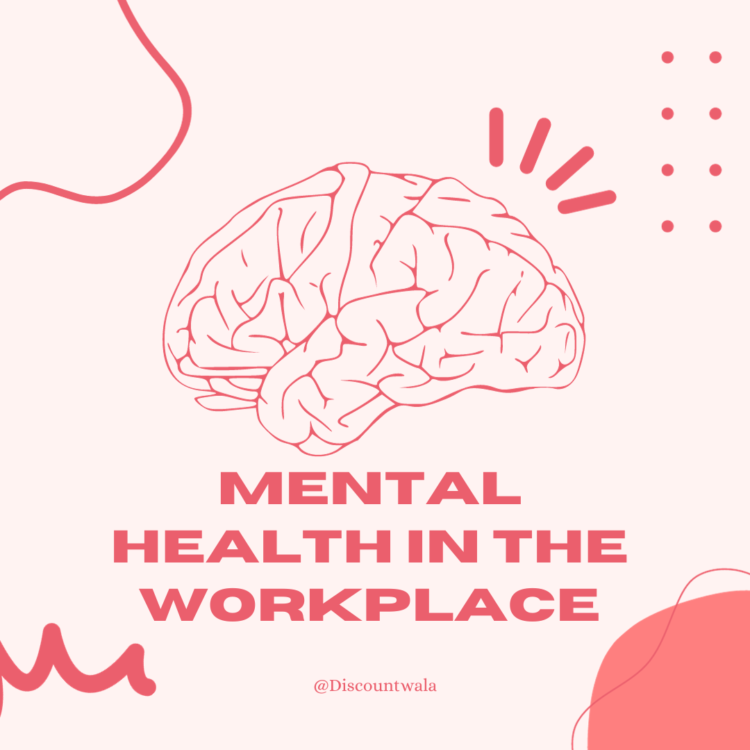In the fast-paced and demanding world of work, the importance of mental health cannot be overstated. The workplace plays a pivotal role in the well-being of employees, impacting not only their professional performance but also their overall quality of life. In this blog, we’ll explore the significance of mental health in the workplace and discuss practical strategies for creating a supportive and nurturing environment.
The Reality of Mental Health at Work:
Mental health is a vital aspect of overall well-being, yet it is often overlooked in the professional sphere. According to various studies, a significant percentage of employees experience stress, anxiety, and burnout at work. Recognizing the impact of mental health on productivity and job satisfaction is the first step toward fostering a healthier workplace culture.
Open Communication and Destigmatization:
Creating a workplace where mental health is openly discussed and destigmatized is crucial. Encourage open communication about mental health challenges, making it clear that seeking support is a sign of strength, not weakness. Establishing a culture of empathy and understanding helps break down barriers and promotes a sense of community.
Flexible Work Arrangements:
Recognizing that employees have unique needs and circumstances, offering flexible work arrangements can significantly contribute to mental well-being. Remote work options, flexible hours, and compressed workweeks provide employees with the autonomy to manage their work in a way that aligns with their mental health needs.
Promoting Work-Life Balance:
Balancing professional responsibilities with personal life is essential for mental health. Encourage employees to take breaks, use their vacation time, and establish clear boundaries between work and personal life. Promoting a healthy work-life balance helps prevent burnout and supports sustained job satisfaction.
Providing Mental Health Resources:
Offering access to mental health resources is a proactive step in supporting employees. This can include Employee Assistance Programs (EAPs), counseling services, and workshops on stress management and resilience. Providing resources ensures that employees have the tools they need to navigate challenges and build mental resilience.
Training and Awareness Programs:
Educating employees and leadership about mental health is a powerful way to create a supportive workplace. Conduct training sessions that focus on recognizing signs of mental health issues, fostering a culture of empathy, and providing guidance on how to access available resources. Increased awareness leads to a more informed and compassionate work environment.
Encouraging Regular Physical Activity:
Physical health and mental well-being are interconnected. Encourage employees to incorporate regular physical activity into their routines. Whether through fitness challenges, gym access, or wellness programs, promoting an active lifestyle contributes to stress reduction and improved mental health.
Leadership Support and Role Modeling:
Leadership plays a crucial role in setting the tone for a mentally healthy workplace. When leaders prioritize well-being, communicate openly, and demonstrate a healthy work-life balance, it sets a positive example for the entire organization. Leadership support fosters a culture where mental health is a shared value.
Conclusion:
Prioritizing mental health in the workplace is not just a matter of compassion; it is a strategic investment in the success and sustainability of any organization. By fostering open communication, providing resources, and creating a supportive culture, workplaces can become environments where employees thrive both professionally and personally. As we navigate the challenges of the modern work landscape, let us commit to nurturing minds and building workplaces that prioritize the mental health and well-being of every individual.










No Comments
Leave Comment